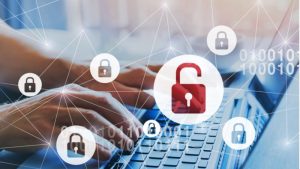The Cybersecurity and Infrastructure Security Agency (CISA) has released a new report and toolkit for K-12 institutions to help them better protect against cybersecurity threats.
Des Moines Public Schools (DMPS) was forced to close and halt instruction for two days this week after it suffered from a cyberattack, according to the Iowa school district.
In 2022, state and Federal policymakers significantly accelerated their efforts to help K-12 institutions across the U.S. shore up their cybersecurity defenses, a new report by the Consortium for School Networking (CoSN) says.
Middle and high school students in Delaware are encouraged to use geographic information system (GIS) technology to highlight facts and features unique to Delaware.
New Jersey Gov. Phil Murphy has signed new legislation that requires all public and nonpublic schools in New Jersey to submit critical incident mapping data to local law enforcement in electronic format.
New Jersey Gov. Phil Murphy signed new legislation that will incentivize public school STEM teachers to participate in an existing grant program, as well as ensure that nonpublic school students have access to STEM education.
The United States K-12 sector saw a three percent increase in cybersecurity maturity from 2021 to 2022 with schools generally performing well in identity management and access control, awareness and training, and business environment.
The University of Florida (UF) is collaborating with 11 school districts across the Sunshine State to pilot a K-12 artificial intelligence (AI) education program this fall, according to a UF news release from Sept. 22.
Five months after launching the K-12 Digital Mapping Program, Virginia Gov. Glenn Youngkin announced over 1,000 schools and 85 school divisions have committed to using Collaborative Response Graphics (CRGs) technology as digital mapping tools to better aid first responders in the event of an emergency.
Days before this legislative session ends, Gov. Gavin Newsom signed a bill that will require K-12 school districts to report cyberattacks that impact over 500 students.











